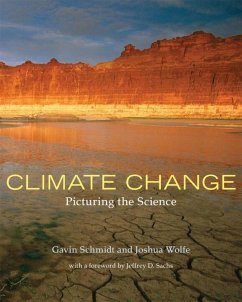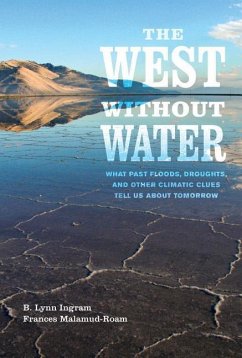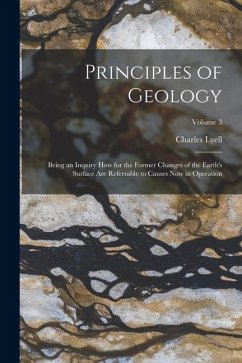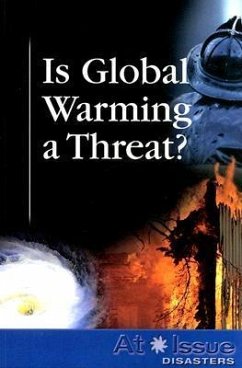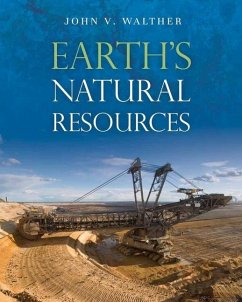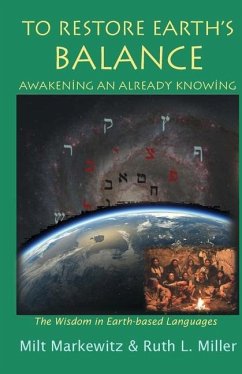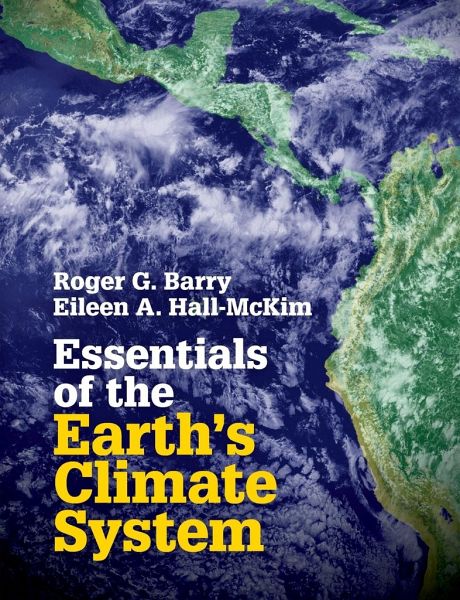
Essentials of the Earth's Climate System

PAYBACK Punkte
42 °P sammeln!
This concise introduction to modern climatology covers the key topics for intermediate undergraduate students on one-semester courses. The treatment of topics is non-mathematical wherever possible, instead focusing on physical processes to allow students to grasp concepts more easily. Full-color illustrations support the text and supplementary topics are covered in boxes, enabling students to further increase their knowledge and awareness. A historical perspective of climatology is woven throughout, providing students with an insight into key scientists and technological developments. Each cha...
This concise introduction to modern climatology covers the key topics for intermediate undergraduate students on one-semester courses. The treatment of topics is non-mathematical wherever possible, instead focusing on physical processes to allow students to grasp concepts more easily. Full-color illustrations support the text and supplementary topics are covered in boxes, enabling students to further increase their knowledge and awareness. A historical perspective of climatology is woven throughout, providing students with an insight into key scientists and technological developments. Each chapter concludes with a summary of the main points and a mixture of review and discussion questions, encouraging students to check their understanding and think critically. A list of key web links to data and other resources, and solutions and hints to answers to the student questions (password-protected for instructors) are provided online to complete the teaching package.





